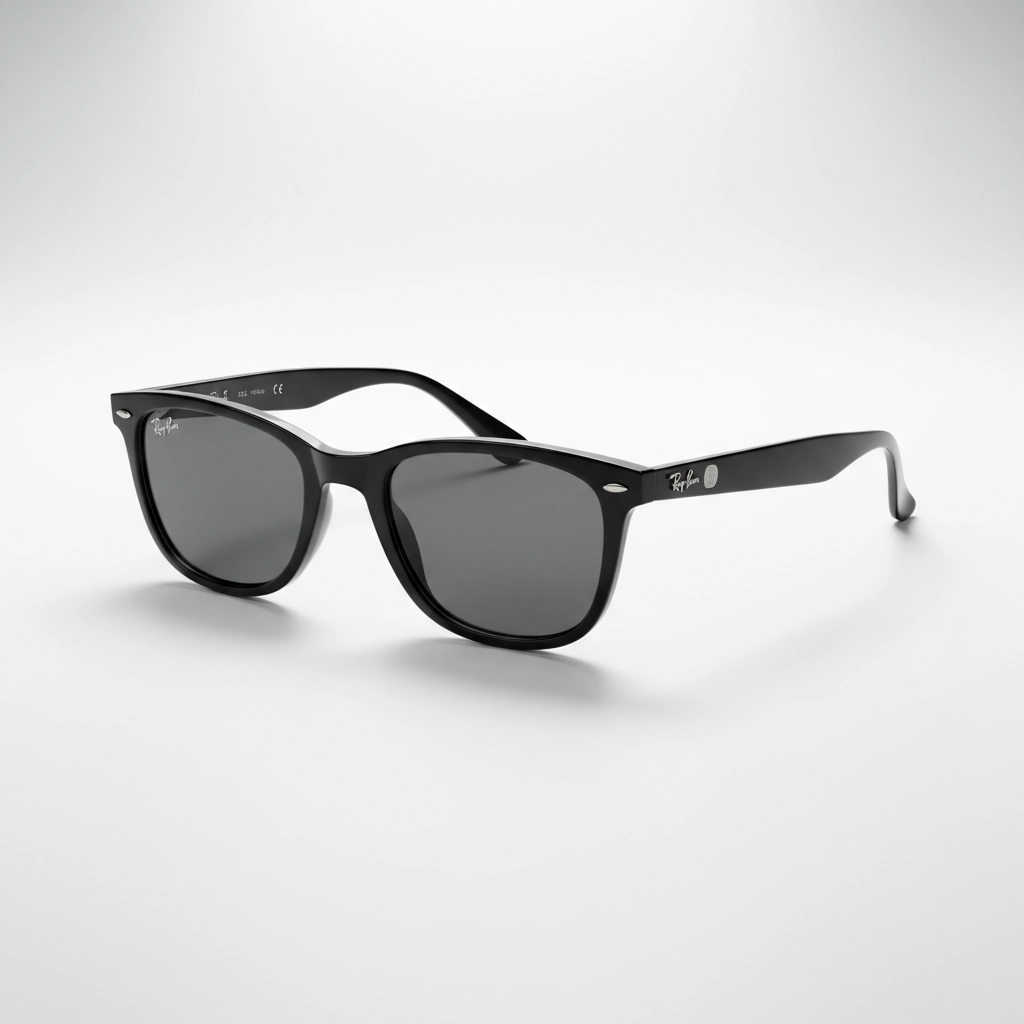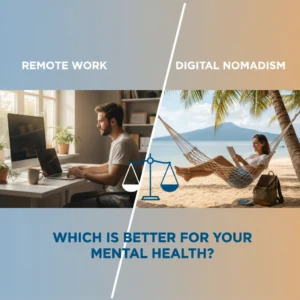Ever wondered if those sci-fi movies got it right? You know, the ones where people casually talk to their glasses and snap photos with a simple voice command? Well, Ray-Ban Meta Smart Glasses are making that reality happen right now. But here's the million-dollar question: should you ditch your regular glasses for these tech-packed frames, or stick with what's been working for decades?
Let's be real – choosing between smart glasses and regular glasses isn't just about vision correction anymore. It's about how you want to interact with the world around you.
What Are Ray-Ban Meta Smart Glasses Really Like?
Ray-Ban Meta Smart Glasses aren't your typical eyewear. They're built on Qualcomm's AR1 Gen 1 platform and pack serious tech into a surprisingly normal-looking frame. At just 48 grams – only 5 grams heavier than regular Ray-Ban Wayfarers – you'll barely notice the difference when wearing them.
Here's what makes them special: you can take photos, record videos, make calls, listen to music, and even ask AI questions, all without touching your phone. Just say "Hey Meta" and you're good to go. The glasses come in classic Wayfarer and Headliner styles with seven color options, so you won't look like you stepped out of a tech convention.

The specs are pretty impressive too. They're IPX4 water-resistant (so light rain won't kill them), offer 8-12 hours of active use, and can handle prescription lenses if you need them. The on-device processing means some features work even when your phone's dead – though let's be honest, your smartphone usually does these tasks better anyway.
But here's where it gets interesting: the real magic happens in everyday moments. Imagine capturing your kid's first bike ride without fumbling for your phone, or getting turn-by-turn directions while your hands are full of groceries.
The Real-World Experience: Smart vs Regular
I talked to Sarah, a marketing manager from Portland, who's been using Ray-Ban Meta glasses for six months. "The first week was weird," she admits. "I kept reaching for my phone out of habit. But now? I can't imagine going back to regular glasses when I'm hiking or traveling."
Here's the thing about daily life with smart glasses – they shine in specific scenarios but fall short in others.
Smart glasses excel when you need hands-free functionality:
• Taking spontaneous photos during activities like cooking, exercising, or playing with kids
• Getting navigation directions while driving or walking
• Making calls when your hands are busy
• Controlling music without reaching for your phone
• Asking quick questions about landmarks or objects you're looking at
But regular glasses have their own advantages. They're dead simple, never need charging, and won't make people wonder if you're secretly recording them. Plus, there's something refreshing about eyewear that just… works. No apps to update, no battery anxiety, no complex cleaning requirements around electronic components.

The maintenance difference is huge. Smart glasses need daily charging for 60-90 minutes, careful cleaning around the cameras and speakers, and regular software updates. Regular glasses? Wipe them clean and you're done.
Privacy is another consideration. While Ray-Ban Meta glasses have LED indicators when recording, some people still feel uncomfortable around them. Regular glasses are completely neutral – nobody worries about being filmed when you're wearing standard frames.
Cost Comparison and Value Analysis
Let's talk numbers because they matter. Ray-Ban Meta Smart Glasses start at $299 for the base model. Want prescription lenses? Add another $160-$300. So you're looking at $459-$599 total for prescription smart glasses.
Compare that to regular glasses, which can range from $50 for basic frames at online retailers to $500+ for designer options with premium lenses. The sweet spot for quality regular glasses with prescription lenses is usually $150-$300.
But here's where it gets tricky – you're not just comparing glasses to glasses. You're comparing glasses to glasses plus some smartphone functionality. The question becomes: is that hands-free convenience worth the extra $200-$400?

For some people, absolutely. If you're constantly taking photos, need navigation help, or spend lots of time with your hands occupied, the convenience factor alone might justify the cost. But if you mainly use your glasses for vision correction and occasionally scroll through social media, regular glasses probably make more financial sense.
There's also the replacement cost factor. Drop your regular glasses? You're out maybe $200. Drop your smart glasses? That's potentially $600 down the drain, plus you lose all that tech functionality until you get replacements.
Which Should You Choose for Your Lifestyle?
The decision really comes down to your daily routine and tech comfort level.
Choose Ray-Ban Meta Smart Glasses if you're someone who:
- Takes lots of photos and videos throughout the day
- Has an active lifestyle where hands-free functionality matters
- Enjoys trying new technology and doesn't mind the learning curve
- Can handle daily charging routines without getting frustrated
- Values the convenience of voice-controlled AI assistance
Stick with regular glasses if you:
- Want simple, reliable eyewear that just works
- Prefer not to deal with daily charging and tech maintenance
- Are budget-conscious and want the best vision correction value
- Work in environments where recording capabilities might be inappropriate
- Like the idea of glasses that work perfectly even during power outages

Here's the reality check: smart glasses are still a niche product. They're incredibly cool when they work well, but they add complexity to something that's been elegantly simple for centuries. You'll love them during vacation when you can capture sunset photos hands-free, but you might get annoyed when they need charging right before an important meeting.
Regular glasses, on the other hand, are boring in the best possible way. They do exactly what they promise – help you see clearly – without any fuss, drama, or dead batteries.
For most people, regular glasses remain the smarter choice for daily wear. But if you're the type who always has the latest iPhone, loves smart home gadgets, and genuinely sees value in hands-free functionality, Ray-Ban Meta glasses might be worth the investment.
The technology will only get better, lighter, and more affordable over time. But right now, we're still in the early adopter phase.
What matters most to you in your daily eyewear – rock-solid reliability or cutting-edge convenience?







